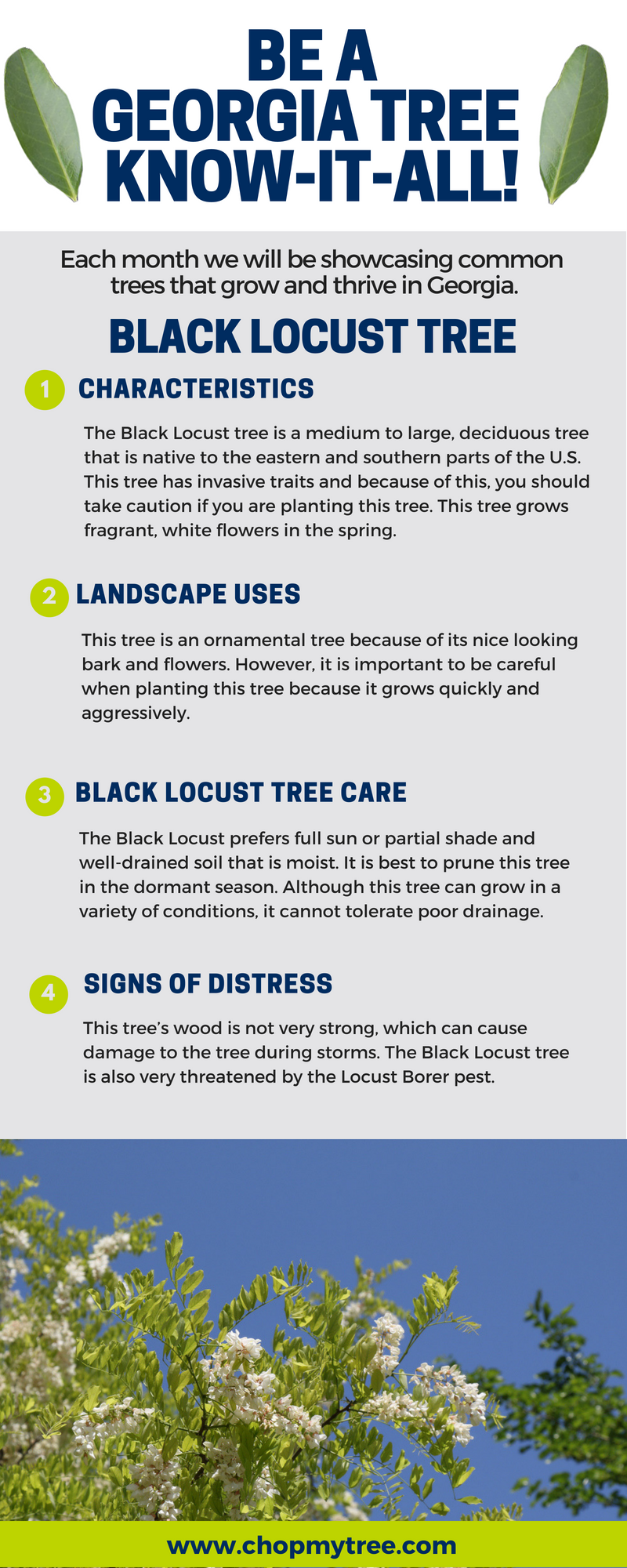Hints That Suggest Tree Elimination: How To Area Hazardous Trees
Hints That Suggest Tree Elimination: How To Area Hazardous Trees
Blog Article
Write-Up Writer-Reid Malling
When it involves tree treatment, acknowledging the indications that it's time for elimination is vital for your safety and residential property. You may see stained leaves, wilting branches, or odd fungal growths showing illness. Structural concerns, like a significant lean or splits in the trunk, can also present threats. Comprehending these warning signs can help you make educated decisions about your trees and prevent possible threats lurking in your lawn. What should you search for following?
Signs of Decay and Condition
When you discover signs of degeneration and illness in your trees, it's critical to act swiftly. Look for stained fallen leaves, wilting branches, or uncommon growths like fungus. These can suggest that your tree is battling.
If you see fractures in the bark or soft, mushy wood, these symptoms recommend internal degeneration. Additionally, an abrupt boost in insects around your tree can signal that it's deteriorated and susceptible.
Look for Pruning Pine Trees of dead or dying limbs, as they pose a threat to your property and safety and security. If click here for info doubt regarding what you see, seeking advice from an arborist can give clearness.
Resolving these signs early can conserve you from extra considerable damage and make certain the wellness of your lawn. Do not wait until it's far too late.
Structural Instability and Leaning
As you observe your trees, watch out for any type of indicators of structural instability or leaning. If a tree leans substantially, it may indicate that the root system is endangered.
Try to find any kind of cracks in the trunk or dirt around the base; these can indicate prospective failing. Additionally, check for unusual growth patterns, like a lopsided crown, which may recommend that the tree is battling to hold itself upright.
If you observe that the tree leans toward your home, high-voltage line, or other structures, it postures a higher danger. Do not overlook these indications-- seek advice from an arborist to analyze the scenario.
Taking action early can prevent expensive damage and ensure your security.
Dead or Dying Branches and Foliage
If you discover dead or dying branches and foliage on your tree, it's a clear indicator that something's wrong.
These unhealthy areas can suggest underlying problems like condition, insect invasions, or ecological anxiety. When branches shed their fallen leaves or turn brownish, they're no longer adding to the tree's wellness. Ignoring these indications can lead to more decline, making your tree more dangerous.
Dead branches can easily break short throughout tornados, posturing a danger to residential or commercial property and individuals close by. It's essential to analyze the extent of the damages.
If the trouble impacts a substantial part of the tree, take into consideration seeking advice from a professional. They can help establish if removal is needed to guarantee safety and security and preserve the elegance of your landscape.
Conclusion
If you discover any indications of degeneration, architectural instability, or dead branches on your trees, do not disregard them. These indications can present serious safety dangers to you and your home. It's constantly best to consult an expert arborist who can offer an expert analysis of your trees. Doing something about it early can prevent accidents and costly damage, guaranteeing your landscape continues to be secure and healthy. Bear in mind, it's much better to be aggressive regarding tree treatment than to await a catastrophe to occur.
